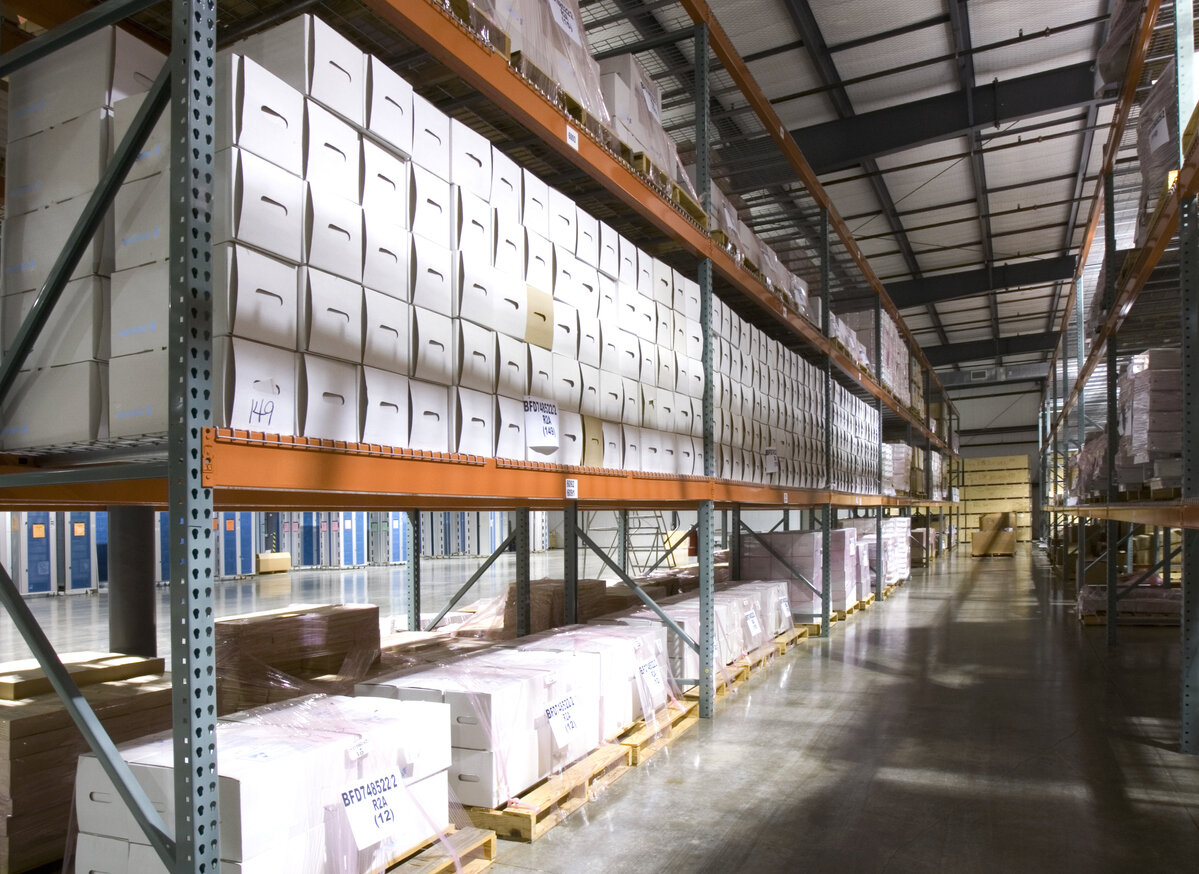5 Supply Chain Risks and How to Prepare for Them (7.22.24)
Your supply chain can be unexpectedly disrupted at any point from production to warehouse to the last mile, but there are steps you can take to prepare for these risks.
Supply chain risks. Those three words can make a world of difference when it comes to getting inventory where it needs to go or suffering the kind of disaster that puts a business in the red. While it’s not possible to anticipate every event that can disrupt your coordinated logistics, it is possible to be ready for common things that can go wrong. This allows savvy business owners to take preventive steps and have plans in place to survive both minor issues and major ones.
These risks can be naturally occurring, such as weather-related incidents, or manmade, such as increased costs due to ever-shifting global politics. On a very localized level, they can result in injured employees, damaged distribution centers and unhappy customers. On a larger scale, they have the power to completely shutter profitable businesses and, in some cases, entire industries.
In this article, we will discuss six of the most common supply chain risks and how your company can be ready for them:
-
Fires and Explosions
-
Natural Disasters
-
Cyberthreats
-
Tariffs
-
Quality Issues
-
Pandemics
-
How to keep your supply chain safe
Fires and explosions
On the list of supply chain risks, a fire just might be every logistics operator’s worst nightmare. This is a valid fear, as fires occur more often than some might realize.
For example, major container fires on the ocean happen approximately every two months. Minor fires in this setting happen almost weekly. These are dangerous to the crew, first and foremost, but they can also be disastrous for the supply on board.
In a similar vein, warehouse fires and flaming vehicle crashes can have a supply chain toll in addition to their human one. Any type of fire affecting inventory forces logistics operators to redirect goods to alternate distributors, try to stop shipments that are on the way, and scramble to find new warehouse space.
This is not even accounting for the loss of inventory, which itself can result in a huge financial loss. Even after a fire is extinguished, water and smoke damage can cause lingering problems.
Natural disasters
In 2019, freezing temperatures caused about $45 million in damage to potato crops in Minnesota’s Red River Valley 50% of crops were ruined — a huge loss considering the region supplies about a quarter of the country’s red potatoes. This disaster altered supply chain schedules and increased costs on viable crops across the country.
That same year, rainfall in the Midwest flooded roadways and damaged railways, crippling the supply chain by making it impossible for products to move via truck and rail. These and other natural disasters have the potential to devastate industries all over the world.
Cyberthreats
Cyber-attacks are often in the news. Every step of the supply chain is at risk of data breaches and other cybersecurity-related issues due to the digital partnerships and handshakes inherent in such a coordinated process.
Cyber-attacks can result from anything that is connected to the internet — including some surprising components of the shipping and distribution process. The 2014 data breach that Target experienced, for example, was due to hackers gaining customer information by way of accessing login data from the HVAC system the retailer used. This entry point allowed an estimated 70 million people to have their information stolen.
Cyberthreats are a supply chain risk that many logistics operators might not consider — but in a digital world, they absolutely should be top of your mind.
Tariffs
Wine lovers went into 2020 with a great deal of apprehension due to uncertainty over wine and spirits tariff increases. The proposed tariffs threaten a 100 percent increase on European products. This followed on the heels of a 25 percent tariff increase in October 2019 that resulted in US imports of French wine dropping from $130 million to $57.1 million in just one month. In February 2020, the US announced that it would impose import tariffs on EU items as a retaliatory measure.
Both potential and effective tariff increases can have major impacts on the supply chain. The wine tariffs, in particular, have the potential to cause financial harm to wine producers, liquor stores and restaurants.
Quality issues
Quality issues are a supply chain risk that many professionals will have to deal with at some point along the line. They can cause a small issue if caught quickly or massive issues if not identified right away.
Quality issues are especially damaging if the product in question is counterfeit. This is prevalent in the luxury fashion industry, where counterfeit versions of handbags can be so convincing that they appear nearly identical to their thousand-dollar counterparts. Quality issues in this and other industries can also be the result of reliance on factories with low standards of safety and pay that cause unhealthy employees and substandard products.
Pandemics
The 2020 Coronavirus outbreak has been an extremely challenging and constantly evolving crisis. As we have seen, pandemics like this have the possibility to disrupt individual lives and entire industries due to mandated business closures, quarantines and health concerns. Businesses must balance worker safety with compliance.
Impact on the supply-chain includes low stock, high demand and personnel loss. The coronavirus pandemic is a historic time, and supply-chain operators should stay informed about new closures and restrictions while being transparent about available inventory and accurate delivery times. Business owners should also have contingency plans in place for warehousing as the situation evolves.
How to keep your supply chain safe
The only way to keep a supply chain risk becoming an eventuality is to take preventive steps and have a plan in place for when the worst happens. Having a large portion of your inventory at one location that is low risk for natural disasters can help. Choosing the right technology solutions within the supply chain can mitigate cyberthreats.Most importantly, choosing a logistics expert who can help you define the supply chain strategy that makes sense for your operation can make all the difference. Working with Resource Logistics Group can ensure that you are partnered with professionals who understand the risks because they have been there before and have solved the problems that others are not equipped to handle. Contact Resource Logistics Group to learn more about how the right logistics operation can help.



